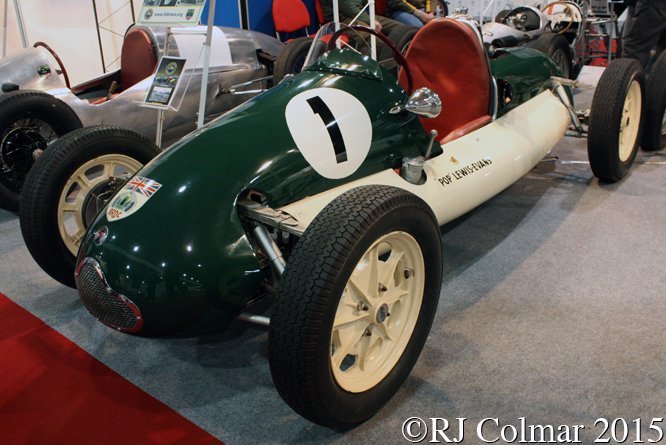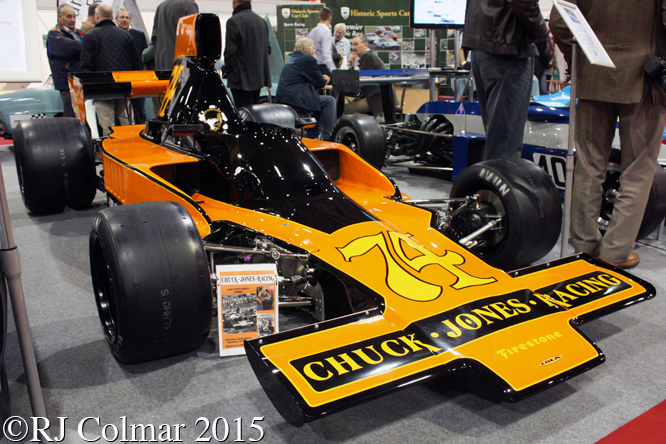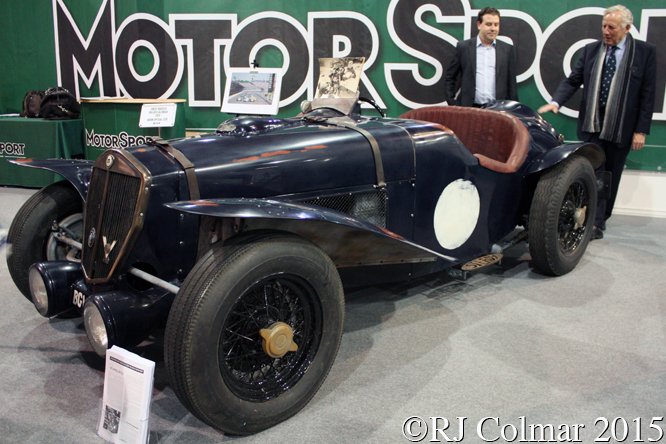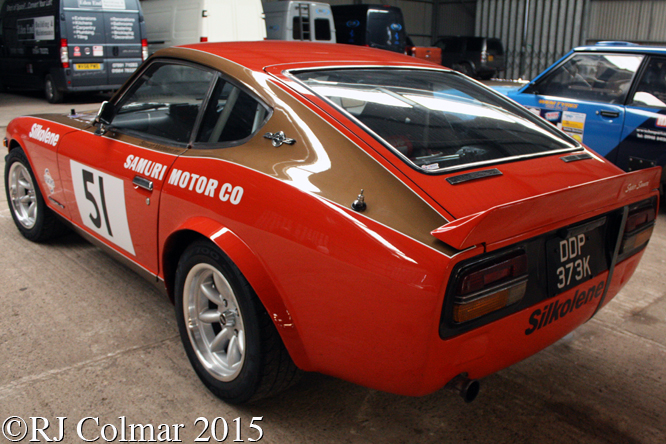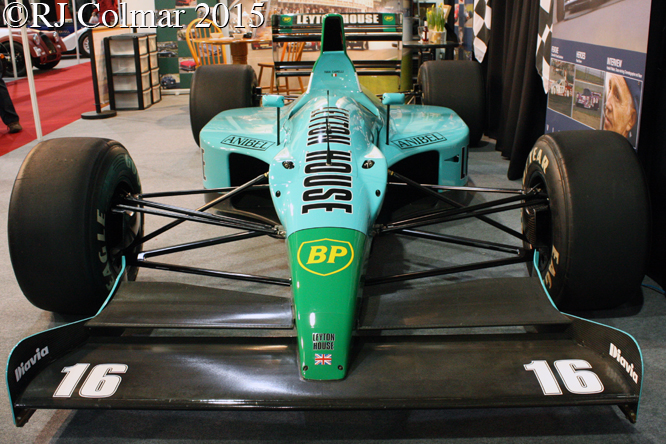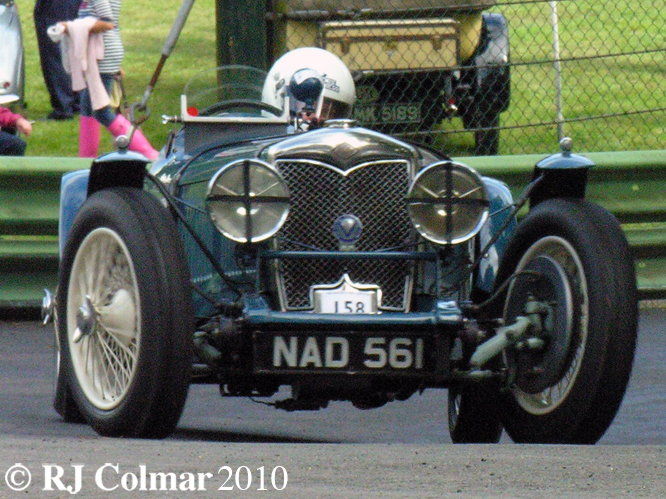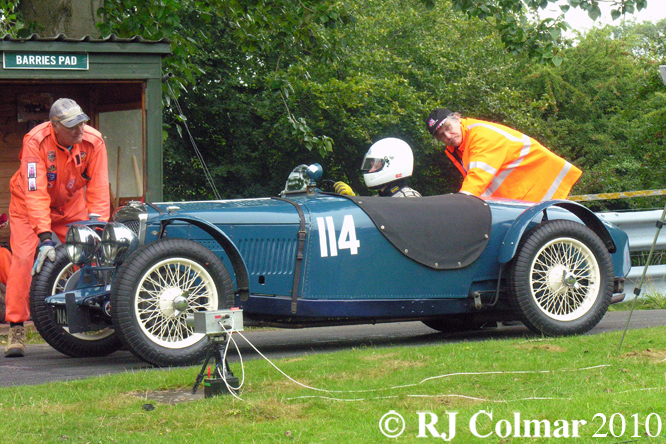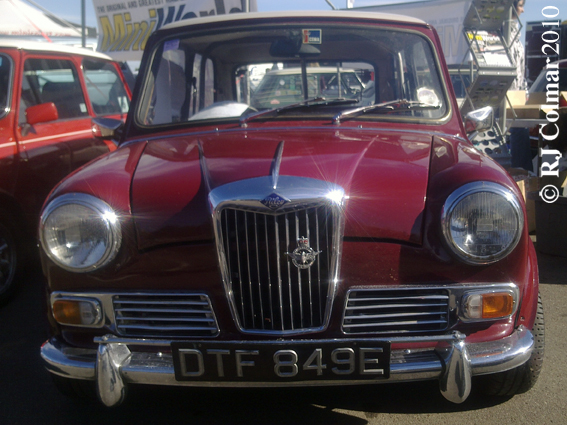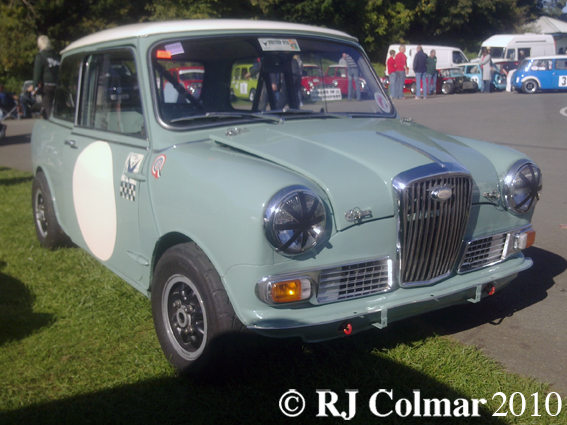Welcome to the first of 26 vehicles that will be featured this month that have either run at, or are of a type that have run in the Le Mans 24 Hour endurance race, I will be featuring these cars every day this month except Wednesday, there will be no prizes for guessing what the featured marque will be on Mazda Monday’s.
In 1979 Mazda ran a single Mazda RX7, also known as a 252i, at the fastest round about in the world for Tetsu Ikuzawa, Youjirou Terada and Claude Buchet but it failed to qualify with a best qualifying time of 4m 18.880 s.
The 252i is thought to have raced at Fuji on at least 3 occasions, but a class win in November ’79, for Youjirou Terada and Nico Nicole, is the only known result.
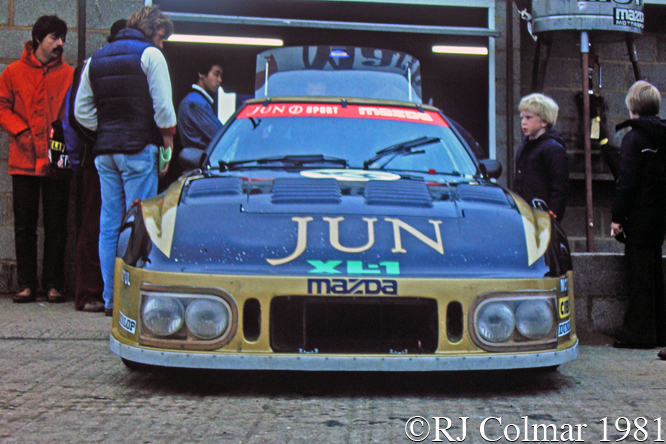
Three years later today’s featured car the RX7 253i made it’s debut sans 252i type rear wing at the 1981 Silverstone 6 Hours, as seen in these photographs, where it was driven to a IMSA GTU class win and 8th place overall finish from 23rd on the grid by Youjirou Terada and Win Percy.
Youjirou and Win were joined by Hiroshi Fushida at Le Mans in 1981 where they out qualified a Domon sponsored sister car driven by Tom Walkinshaw, Pete Lovett and Tetsu Ikuzawa with a 49th best time of 4:04.790 against the 51st best time of 4:07.180 achieved by the Domon sponsored drivers.
Neither 253i finished the race the Jun (Jeans not Speed Shop) sponsored car retired after completing 25 laps with a rear axle problem while the Donon sponsored car retired with a rotary engine problem.
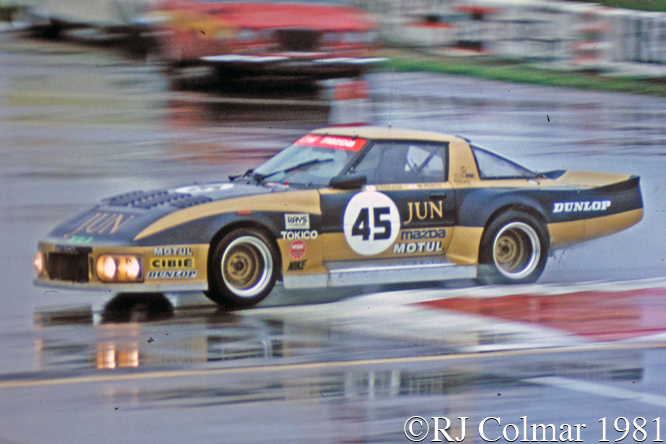
253i’s were raced in Japan until 1986 by teams that included Kinomi Racing, Team Speed Shop Seven, Yours Sport, Alpha Cubic Racing Team, Mishima Auto Hanbai, Capris Enterprise,TRS Itabashi, Koyata Engei Racing and AMRC teams.
The best known results for the model are three second place overall finishes for Tony Trimmer and Nico Nicole at Suzuka in August 1981, at Fuji 1000kms in July 1982 for the Alpha Cubic Racing Team trio Chiyomi Totani, Kaoru Iida and Keiichi Suzuki and finally for the Aqua Motors Club No.3 drivers Chikage Oguchi and Takashi Yorino in the November 1982 Fuji 500 kms.
In 1982 Mazda built an even more radical body for a pair RX7 254i’s for Le Mans and got one of two cars entered to a 14th place finish at Le Mans with Youjirou, Takashi Yorino and Australian Allan Moffat sharing the driving.
Thanks for joining me on this “Jun Jeans” edition of “Gettin’ a li’l psycho on tyres” I hope you will join me again tomorrow. Don’t forget to come back now !


